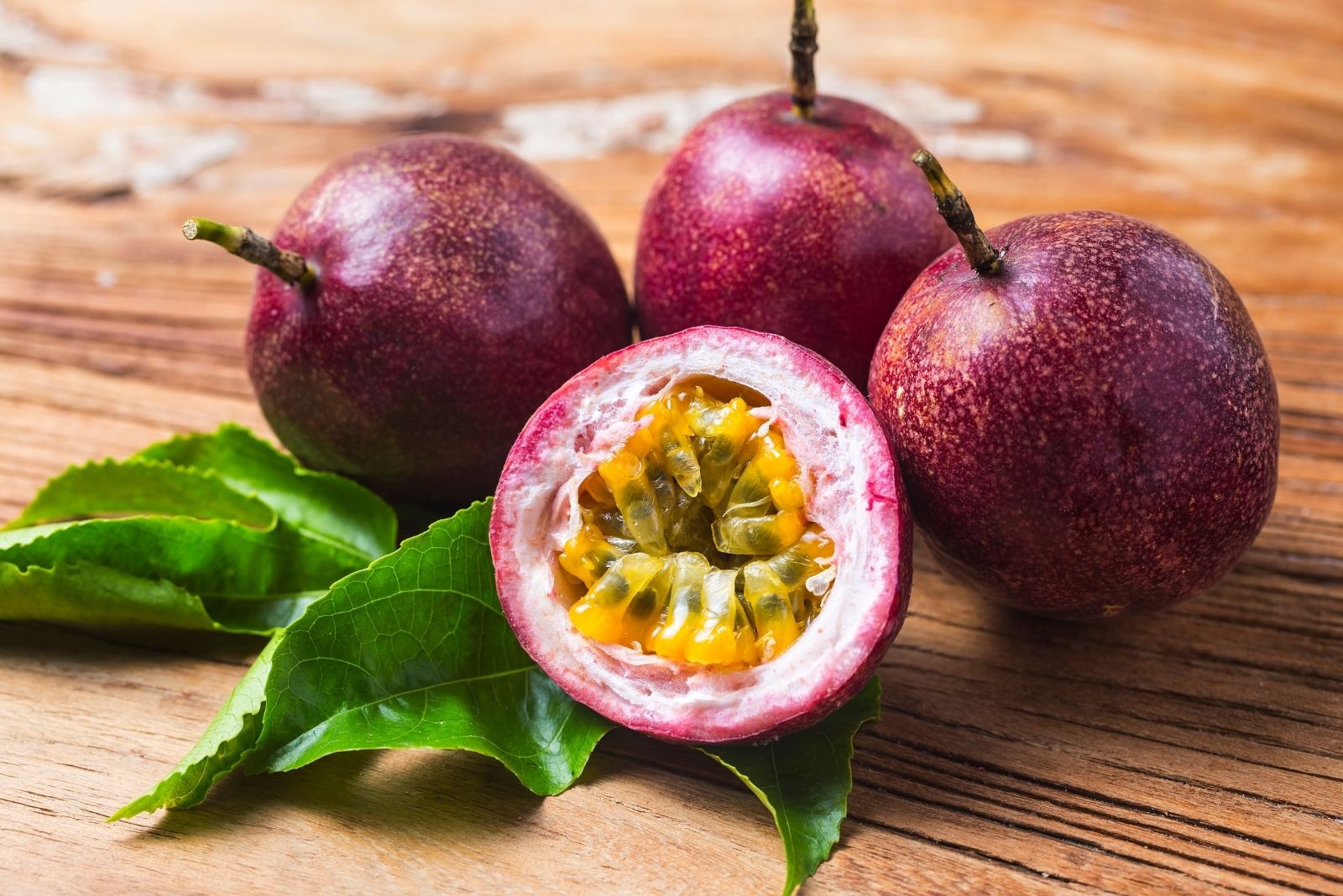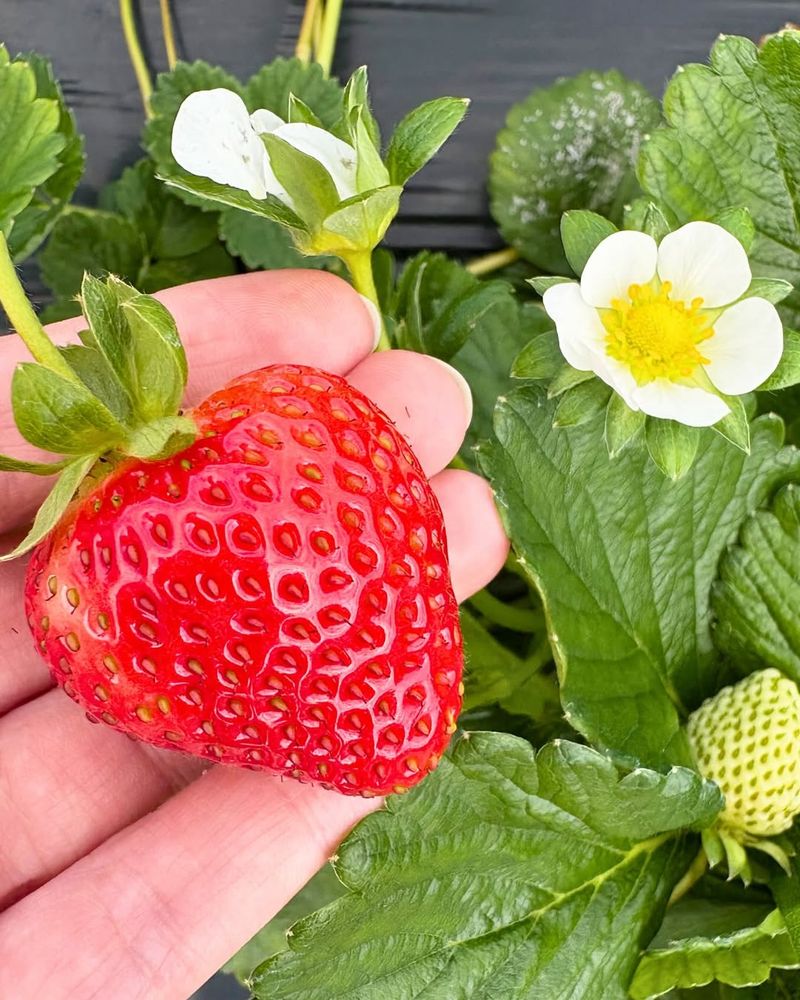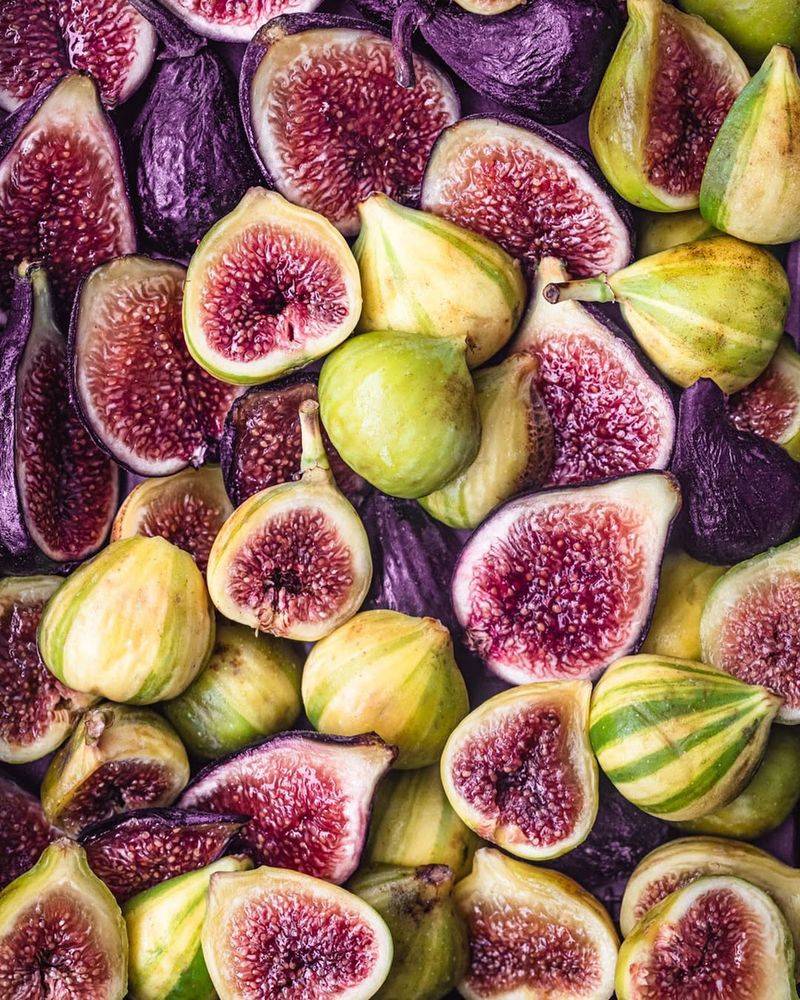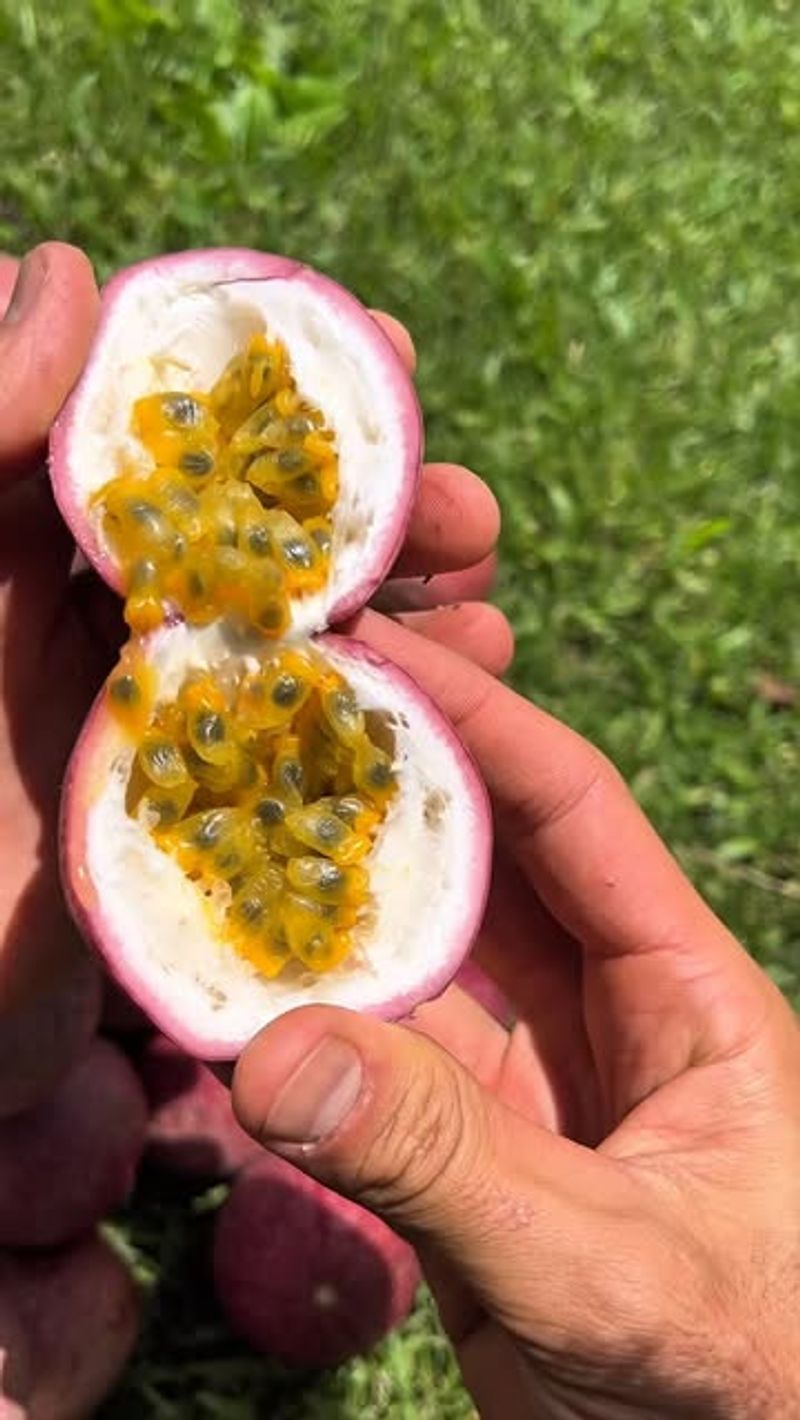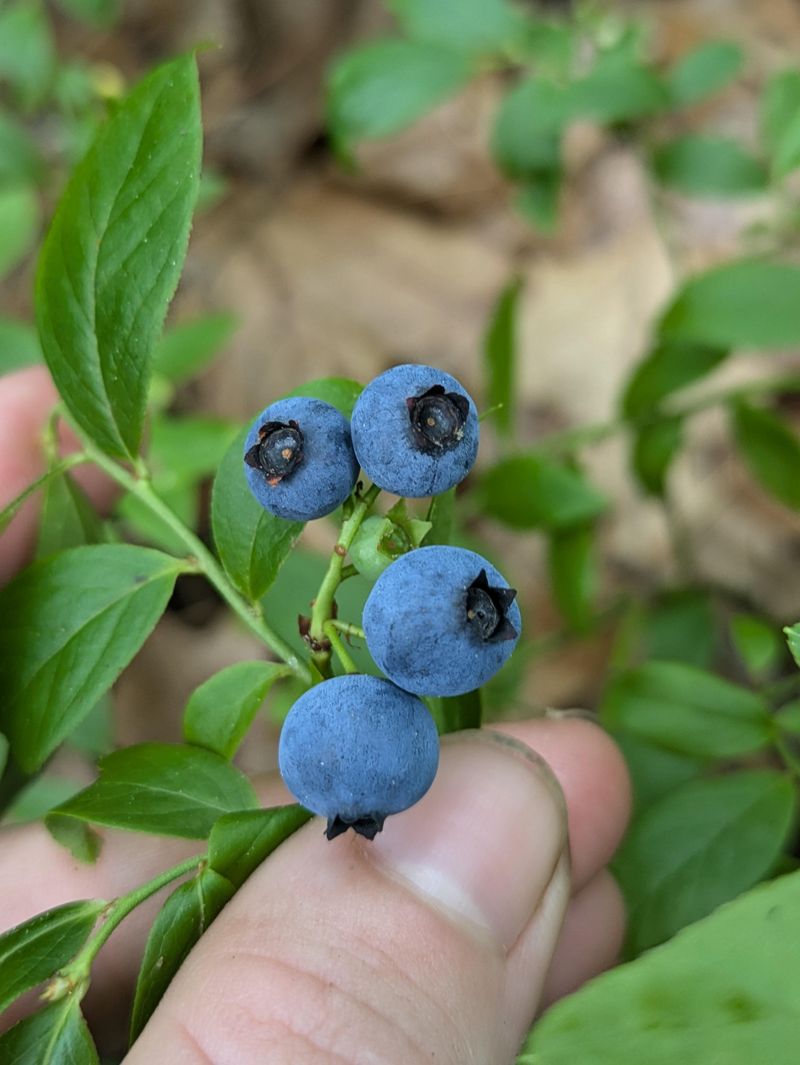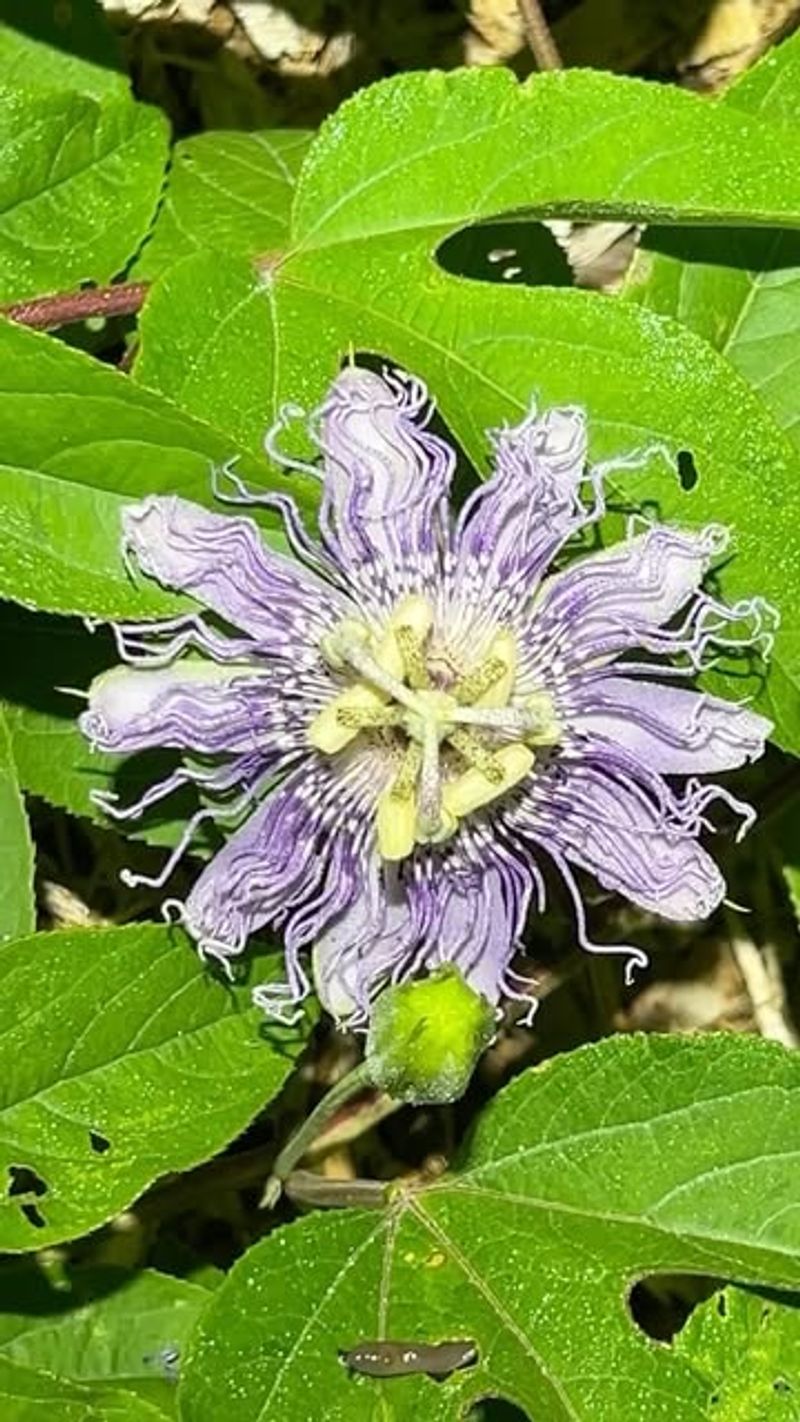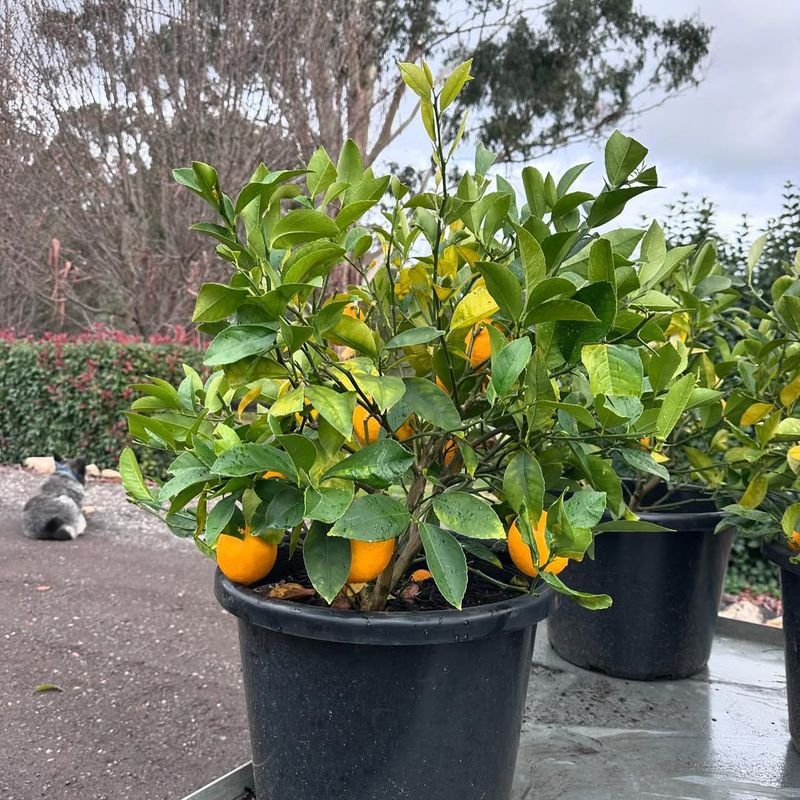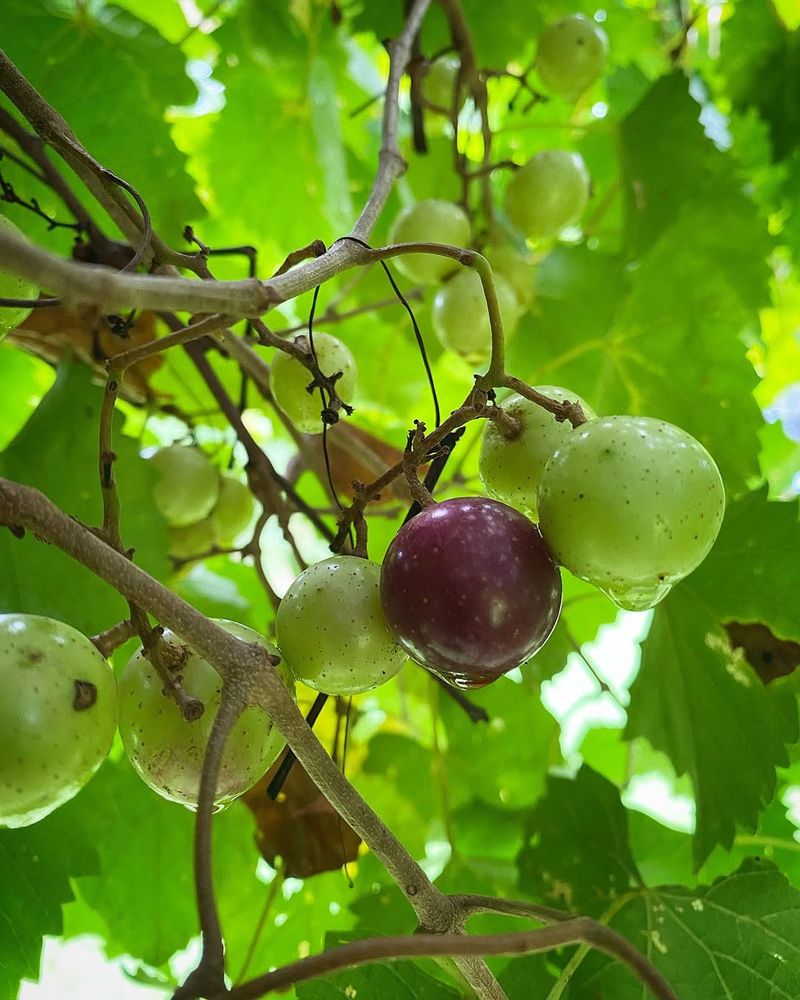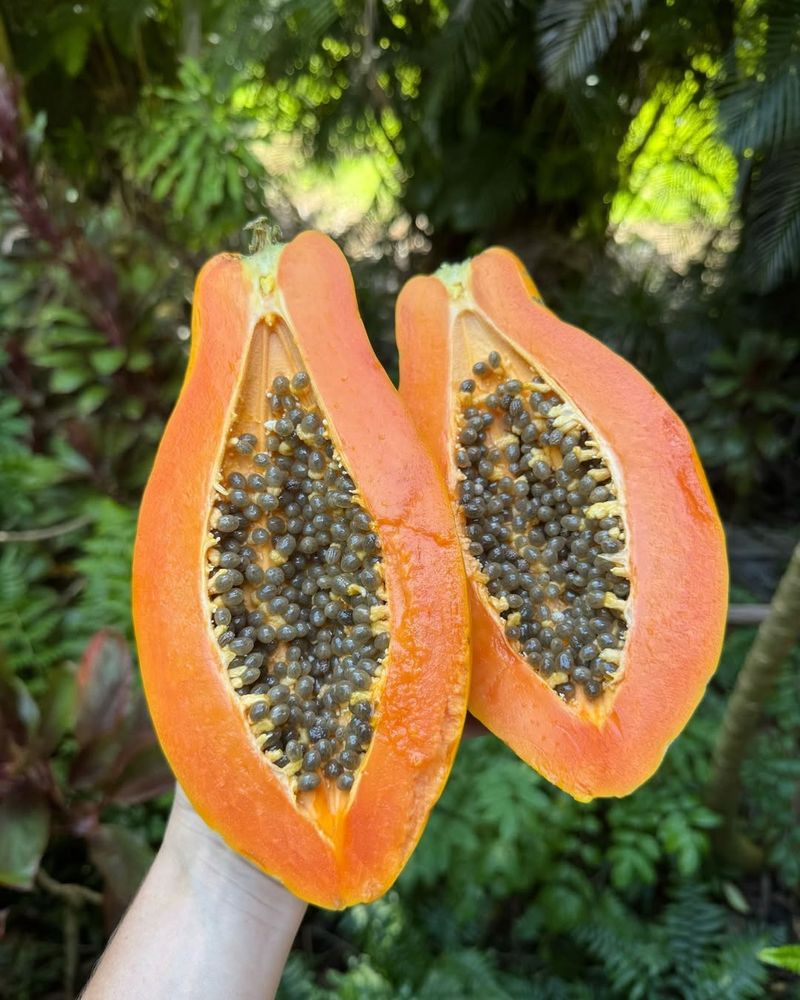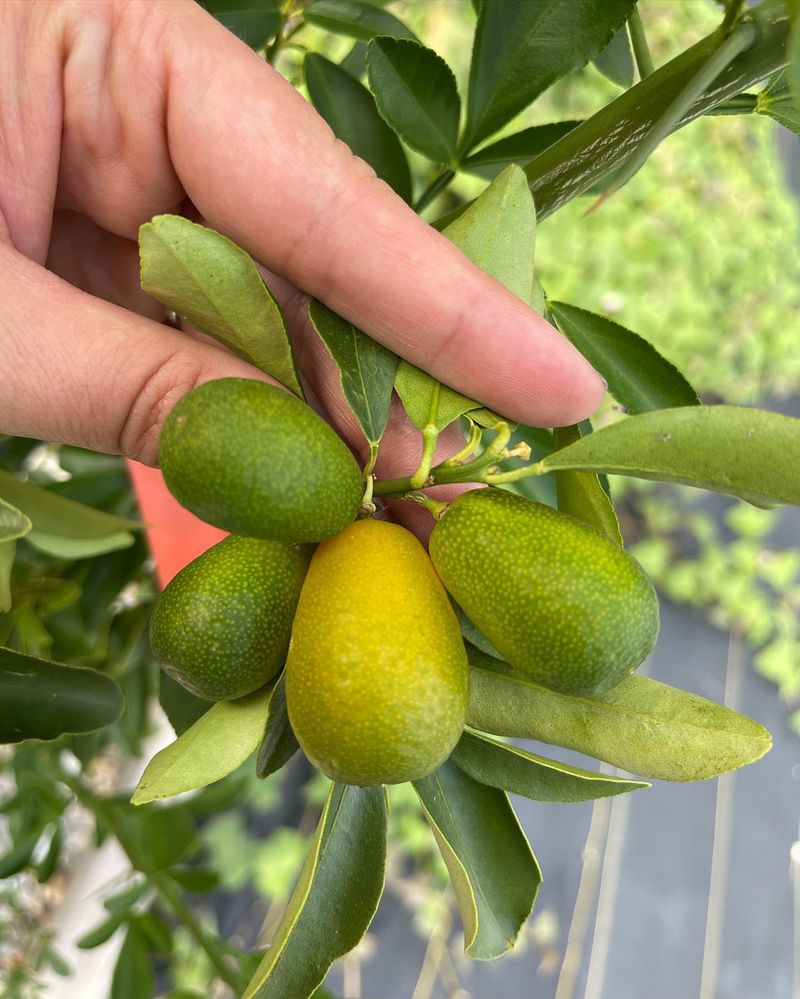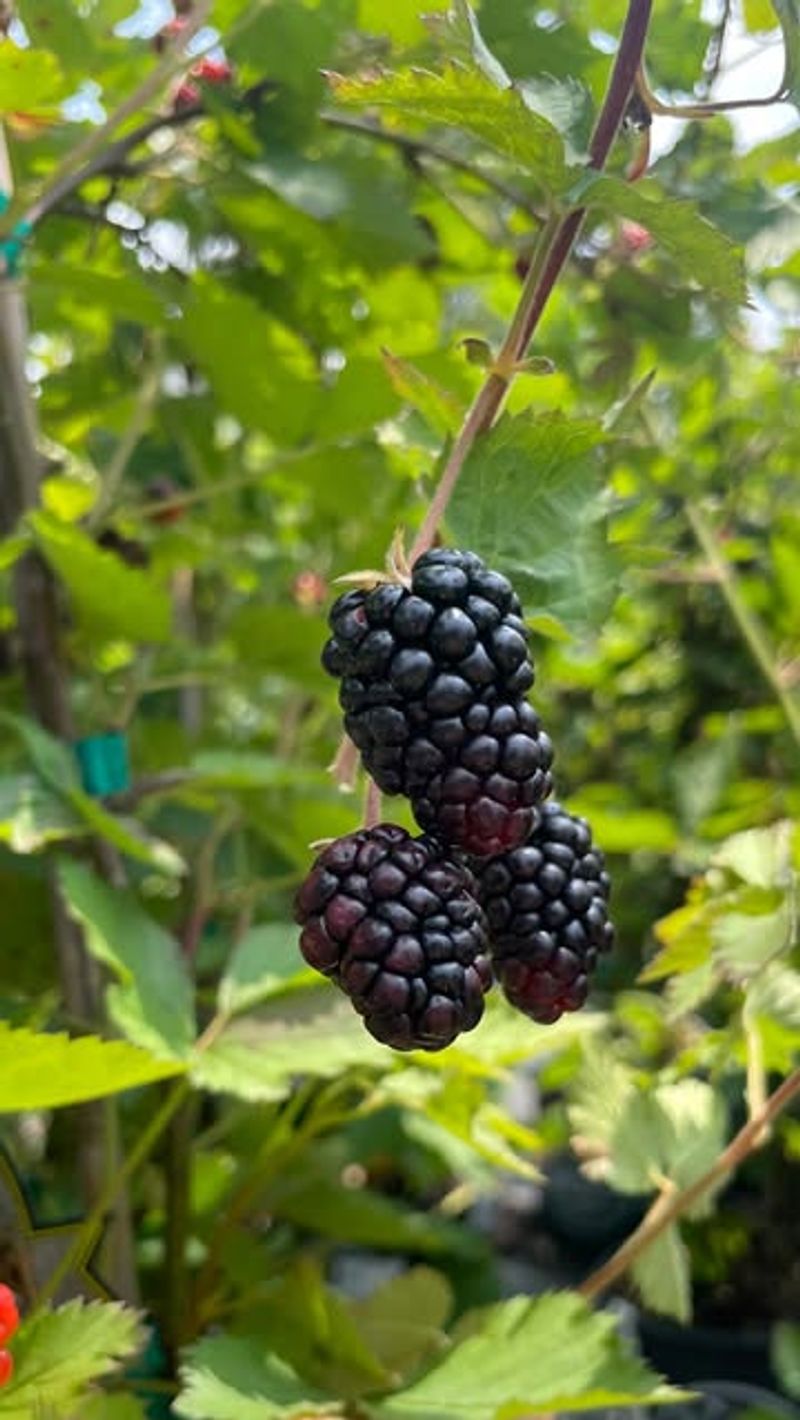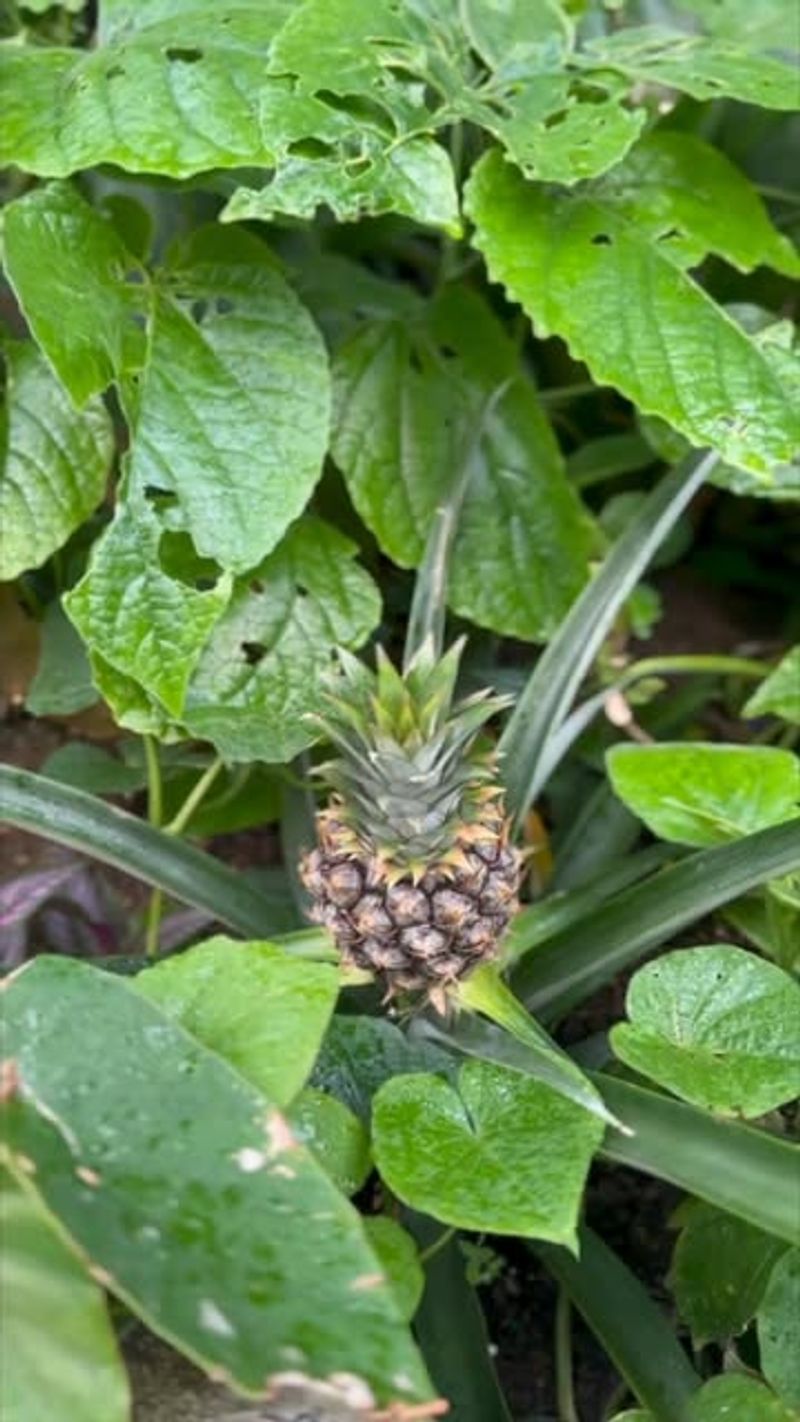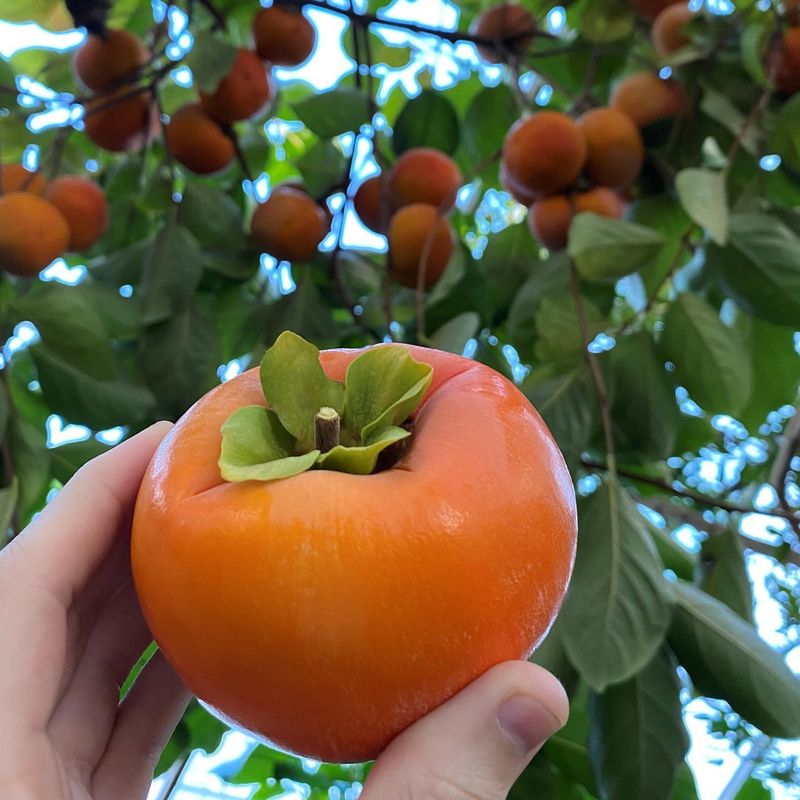October in Louisiana doesn’t signal the end of the growing season—it’s actually a fresh beginning. While others pack up their tools, our mild fall weather keeps the soil warm and welcoming.
It’s the perfect time to start certain fruits from seed, like strawberries or melons. These early efforts can set you up for a strong, healthy harvest next spring.
I’ve found that planting now gives my garden a head start and saves time later. With the right care, fall sowing turns into a season of quiet momentum.
1. Strawberries
In my Louisiana garden, strawberries planted from seed in October always surprise visitors. The cooler nights help seeds germinate without scorching, and by spring, you’ll have established plants ready to fruit.
Humidity works in your favor here. Keep soil consistently moist but not waterlogged, and watch for fungal spots on leaves as temperatures fluctuate.
I learned the hard way that spacing matters. Give each seedling room to breathe, and you’ll avoid crowding issues when runners start spreading come February.
2. Figs
Perfect for late-season warmth, figs handle Louisiana’s October climate beautifully. Seeds take their time sprouting, but the mild weather prevents them from drying out too quickly.
For me, this fruit was surprisingly easy to start in October. The key is patience and keeping the soil temperature steady, which our autumn humidity naturally provides without much fuss.
Once established, these seedlings tolerate our unpredictable winter. Mulch lightly around the base, and by next summer, you’ll see remarkable growth that rewards your October effort.
3. Passion Fruit
Seeds that sprout fast in humid conditions, passion fruit loves Louisiana’s October moisture levels. Germination happens quickly when soil stays warm, which our climate delivers naturally without extra heating mats.
Vines grow aggressively once they take hold. I’ve watched seedlings planted in October climb trellises by April, producing fragrant flowers that attract every pollinator in the neighborhood.
Watch your watering routine carefully. Too much rain combined with poor drainage invites root rot, so raised beds or containers work best for these tropical beauties.
4. Blueberries
A surprising option for October gardens, blueberries need cold stratification that Louisiana’s mild winter provides naturally. Planting seeds now lets them experience the temperature fluctuations they require for proper germination.
Acidic soil is non-negotiable. I mix pine bark and sulfur into my beds before planting, creating the low pH environment these seeds demand to thrive in our alkaline-leaning Louisiana dirt.
Patience pays off beautifully. Seedlings grow slowly at first, but by their second year, you’ll have bushes producing berries that taste infinitely better than store-bought varieties.
5. Maypop (Wild Passion Fruit)
Thrives even when temperatures drop, maypop is Louisiana’s native passion fruit that handles our climate swings effortlessly. October planting gives seeds time to settle before winter dormancy kicks in naturally.
These vines spread enthusiastically once established. I’ve seen them cover fences and arbors by midsummer, producing unique purple flowers followed by egg-shaped fruits that wildlife absolutely devors.
Minimal care required here. Maypops tolerate our clay soil better than most fruits, and they bounce back from frost damage quickly, making them ideal for beginner Louisiana gardeners.
6. Citrus (Meyer Lemon)
Container-friendly and cold-hardy for citrus, Meyer lemons from seed thrive when started in Louisiana’s October warmth. The lingering heat speeds germination, while cooler nights prevent seedlings from getting leggy and weak.
I always start these indoors initially, then move them outside once sprouted. Our unpredictable autumn weather can stress young citrus, so controlling their environment early makes a noticeable difference in survival rates.
Expect fruit in three to five years. It’s a long wait, but homegrown Meyer lemons taste sweeter than anything shipped from California, making the patience worthwhile.
7. Muscadine Grapes
Built for Southern heat and humidity, muscadine grapes handle Louisiana’s climate like they were designed for it. October planting allows seeds to cold-stratify naturally over winter, improving germination rates significantly come spring.
These vines need sturdy support systems. I’ve learned that flimsy trellises collapse under the weight of mature muscadines, so invest in quality structures from the start to avoid rebuilding later.
Pest resistance is remarkable. Unlike European grape varieties, muscadines shrug off most fungal diseases that plague Louisiana gardens, making them low-maintenance once established and producing consistently.
8. Papaya
Fast-growing tropical that loves our lingering warmth, papaya seeds germinate quickly in October’s still-warm Louisiana soil. Within weeks, you’ll see substantial seedlings that grow noticeably taller each day during favorable conditions.
Frost is the enemy here. I always keep row covers handy for unexpected cold snaps, because even a light freeze can kill young papaya plants before they’ve had a chance to establish properly.
Choose planting sites carefully. Full sun and excellent drainage are essential, and papayas produce fruit within a year if conditions stay favorable throughout their rapid growth cycle.
9. Kumquat
Cold-tolerant citrus perfect for Louisiana’s fluctuating winters, kumquats handle temperature drops better than most citrus varieties. October planting gives seeds time to sprout before winter, and seedlings toughen up through gradual cold exposure.
Container growing works brilliantly. I keep mine in large pots so I can move them during rare hard freezes, protecting my investment without permanent indoor housing requirements.
Fruit production starts sooner than you’d expect. While most citrus takes years, kumquat seedlings often produce their first tart fruits within three years, rewarding your patience faster than lemons or oranges.
10. Blackberries
Vigorous growers that establish quickly from seed, blackberries love Louisiana’s October conditions. The cooler weather prevents transplant shock, and autumn rains keep soil consistently moist without constant watering from gardeners.
Thorns are inevitable with most varieties. I’ve scratched my arms countless times harvesting berries, so consider planting thornless cultivars if you’re starting from saved seeds of known varieties.
Cane management becomes crucial. These plants spread aggressively through underground runners, so designate a specific area and be prepared to trim back enthusiastic growth regularly to maintain control.
11. Pineapple
Unexpected but surprisingly viable in Louisiana, pineapple seeds germinate slowly but steadily in October’s warmth. While most people propagate from crowns, starting from seed creates stronger root systems adapted to your specific garden conditions.
Well-draining soil is absolutely critical. I mix sand into my planting beds generously, because pineapples rot quickly in Louisiana’s heavy clay if drainage isn’t addressed before planting begins.
Fruit takes two to three years. It’s a commitment, but harvesting a homegrown pineapple from your Louisiana garden feels like a genuine gardening achievement worth bragging about to neighbors.
12. Persimmon
Native to Louisiana and perfectly adapted to our climate, persimmon seeds need cold stratification that October planting provides naturally. Our mild winters give seeds exactly the temperature cycling they require for successful spring germination.
Trees grow slowly initially but become remarkably resilient. I’ve watched seedlings survive floods, droughts, and pest pressure that killed other fruit trees, making persimmons incredibly reliable for long-term planning.
Fruit sweetness depends on frost. Persimmons taste astringent until cold weather converts their starches to sugars, so patience until late autumn is essential for enjoying their honey-like flavor properly.

